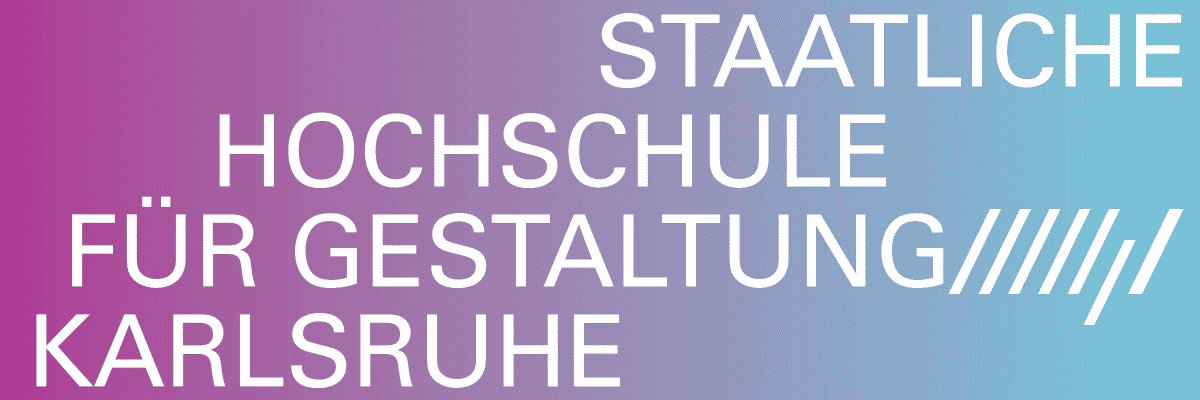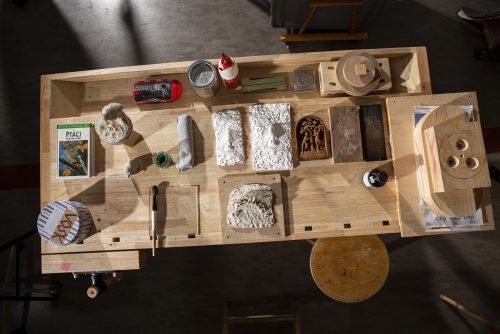
groupshow
WORLD(S)
Project Info
- 💙 BWA Wrocław Główny
- 💚 Honza Zamojski
- 🖤 groupshow
- 💜 Honza Zamojski
- 💛 Małgorzata Kujda
Share on

From the left: Julia Scher, All: Untitled (from the “Cartoons” series), 2022; Courtesy of DREI / David Krňansky, Untitled 1-8 from the “Extended Modernity” series, 2022 / Uri Aran, Rider, 2022; Courtesy of Sadie Coles HQ.
Advertisement

From the left: Uri Aran, Rider, 2022; Courtesy of Sadie Coles HQ / David Krňansky, Untitled 9-16 from the “Extended Modernity” series, 2022 / Julia Scher All: Untitled (from the “Cartoons” series), 2022; Courtesy of DREI.

From the left: Zuza Golińska, Raw Materials (S), 2022 / Hanna Krzysztofiak, drawings from the “Annual Horoscope 1” series, 2022 (from the left: Work and Money 1, Home and Travel 1, Love 1, Health 1, Portrait 1)

From the left: Hanna Krzysztofiak, drawings from the “Annual Horoscope 2” series, 2022 (from the left: Portrait 2, Health 2, Love 2, Home and Travel 2, Work and Money 2) / Zuza Golińska, Surowe Tworzywa (S), 2022

Koji Kamoji, Body, 1980; glass, steel rod, water

Andrzej Szewczyk (1950-2001), The Alchemical Manuscripts, 1983-84; pages from a 1930 chemistry encyclopedia, ink; Courtesy of Simulart Collection.

Uri Aran, Rider, 2022; acrylic on rice paper; Courtesy of Sadie Coles HQ, London.

From the left: Juliusz Studnicki (1906-1978), The Feast, c. 1960; Juliusz Studnicki (1906-1978), Devil on a Pink Horse; Courtesy of the Sopot Auction House, Sopot.

Daniel Stachowski, The Dark Side, 2022, Hidden Facts, 2022, Dead Trees, 2022, The False Jarocin, 2022, It Could Have Been, 2022, The Street, 2022; All drawings: pencil and fineliner on paper; Courtesy of Lue Lu Foundation, Poznań.

Zdzisław Nitka, Dead Hare’s Drawings, 2022; acrylic on canvas, acrylic on paper

Bety Krňanská, Untitled, 2021 from the “Too Fluid to Handle” series; ink on canvas, bee wax, handmade rattan frame

Przemek Matecki, drawings from the “Black Art” series, 2011; charcoal on paper

Collective, The Fence, 2022; site-specific installation

Andrzej Szewczyk (1950-2001), A Library for Mariana Alcoforado, 2001; from “Flying University”, 1993-94; seven volumes (wood, lead, encaustic); Courtesy of Simulart Collection.

Julia Scher, All: Untitled (from the “Cartoons” series), 2022; Courtesy of DREI gallery, Cologne.

From the left: Uri Aran, Untitled, 2006; video, 3'42''; Courtesy of Sadie Coles HQ, London. / Uri Aran, Rider, 2022; acrylic on laser cut cardboard; Courtesy of Sadie Coles HQ, London.

Aleksandra Ska, Everyone Creates Their Own Reality, 2017/2022; c-print on archival paper

Hanna Krzysztofiak, drawings from the “Annual Horoscope 2” series, 2022; crayon, fineliner, pencil on paper (from the left: Portrait 2, Health 2, Love 2, Home and Travel 2, Work and Money 2)

From the left: Bety Krňanská, Too Stable to Move, 2021; from the “Too Fluid to Handle” series; rattan / Przemek Matecki, T-shirt Art, 1996-2022

Collective, The One TV, 2022; video
Parallax
In astronomy, parallax is a phenomenon of apparent change in the position of an object on the celestial sphere in relation to other objects, resulting from a change in the place of observation, caused by the movement of the observer. One can also assume that there are two or more observers tracking a distant space object with their eyes. Reversing the above situation and looking from a distant perspective at these theoretical observers, we find that we see not only them, but also the changing landscapes, conflicting emotions, competing technologies, and parallel worlds in which they live.
Worlds
There is probably nothing more trite than the statement: "one’s point of view depends on the place where one is sitting". Maybe this saying was coined by a researcher of parallax mentioned earlier, or maybe it was said by someone who was too stubborn to move. However, in fact – an ant will not look at the world through the eyes of a badger eating an anthill, a badger will not show empathy towards a highway crossing its territory, and a human is rarely able to put himself/herself in the other person's shoes.
We talk about things, even though most of the conversations are clumsy translations between languages. We view various cultural products even though we are not qualified to comprehend them. We listen to songs and don't understand the lyrics. We move between worlds every day, unwilling and unable to see their complexity. Meanwhile, inability and unwillingness are catalysts for various antagonisms. After all, it is easier to say THEY are awful than THEY are different. It is, indeed, easier to shout than to think and articulate a complex statement. In such a shaky and swirling reality of multiple worlds, subjectivity is increasingly difficult to come by, and any attempt to define anything or anyone is more of a struggle between forces greater than the individual.
Drawing
But where is drawing in all this? – someone will ask. Drawing always appears where words are lacking, as a universal method of communication. Drawing responds immediately with accurate commentary and is economically egalitarian – after all, all you need is a pencil and a piece of paper to draw something, write something, communicate something.
If one were to use the simplest definitions and express painting by color, sculpture by matter, and architecture by space, how would one define drawing, and are there properties of drawing that are attributed solely to it? Or perhaps, on the contrary, because of its democratic nature, drawing can unobtrusively appropriate what is most interesting in other disciplines. In this sense, drawing would be a creativity that is to some extent parasitic, but also negotiating with the others. Drawing as an inconspicuous middle man that often initiates painting, sculpture, or architecture projects.
WORLD(S)
The concept of the exhibition "WORLD(S)" is closely related to the architecture of BWA Wrocław Główny gallery and its two wings of exhibition spaces. One part is occupied by the light world and the other by the dark world. These are not oppositions. Lightness and darkness of the rooms do not symbolize anything. Nor do they set themselves at opposite poles of discussion. The two worlds are different, but with similar parameters and composed according to similar principles. In each wing of the gallery, the same artists will present works at identical points in the space of each room.
The differences and similarities between the worlds can only be seen through small shifts in meaning and contrasts. Sometimes these contrasts result from the subject matter of the works, other times from their form. Some works play with the illusion of mirror reflection, some with the concepts of negative and positive. Thus, in the exhibition, drawing is present in every form, often positioning itself as a point of contact in communication between different and parallel worlds. Detached from the burden of formal solutions, it becomes words, emotions and emancipation.
Honza Zamojski




